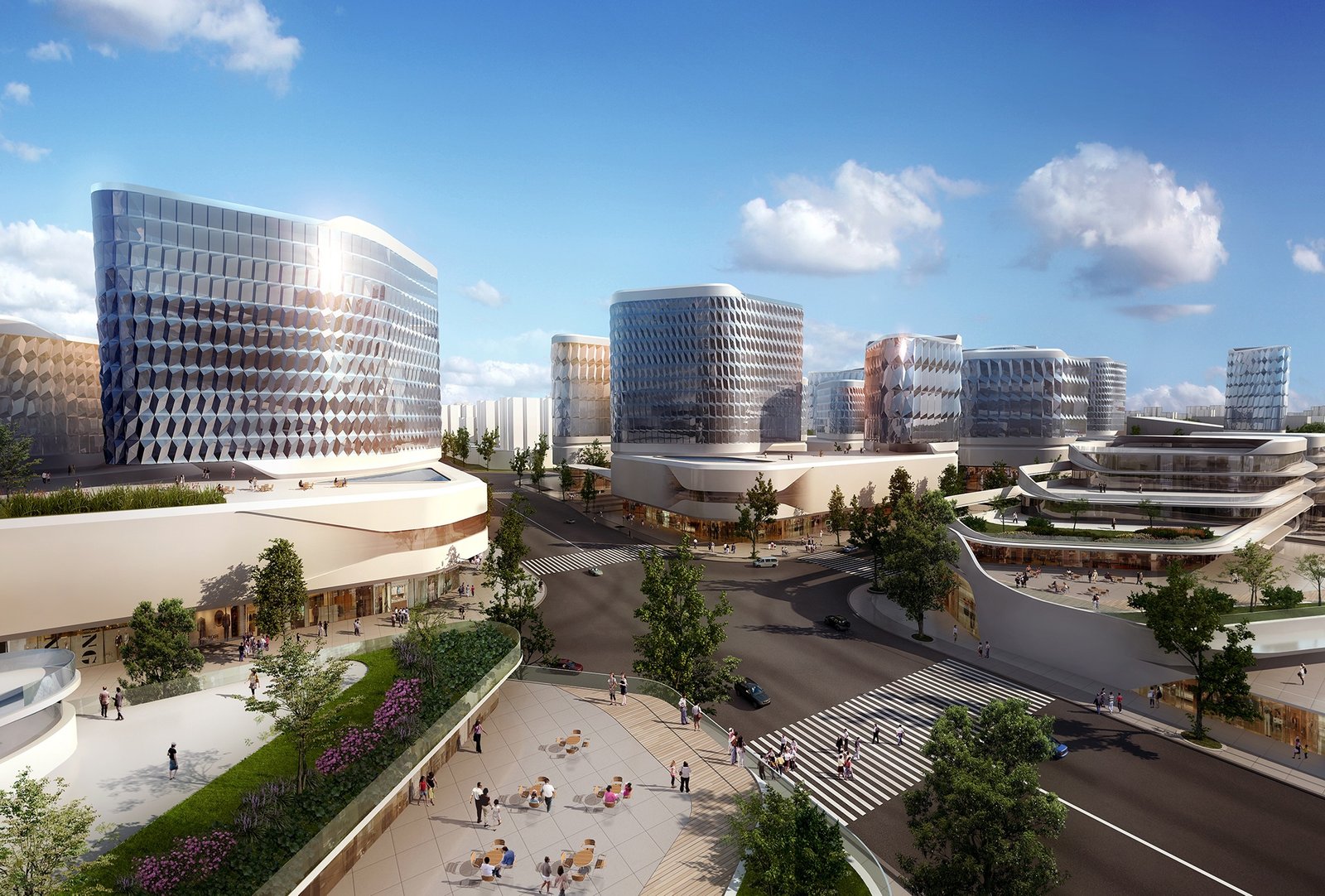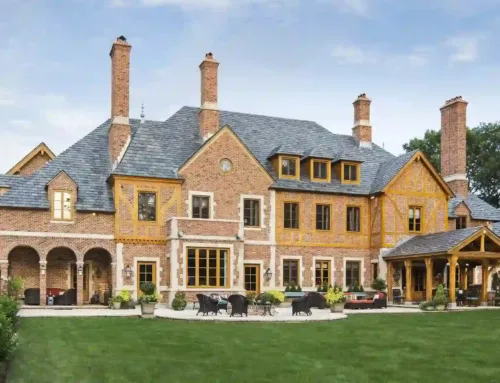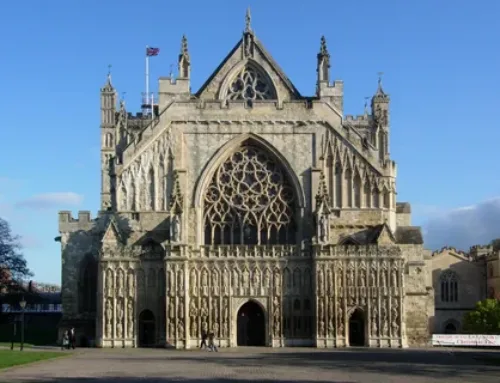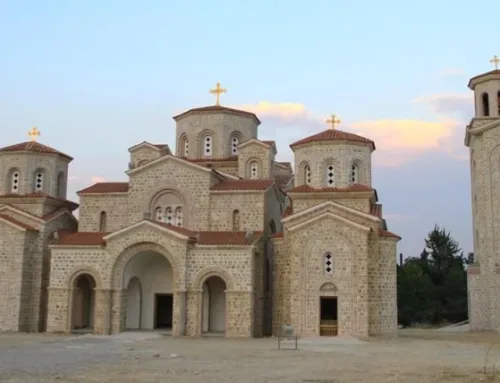Using AI & 3D Software for Smooth Flythrough
The hallmarks of architectural flythrough have continued to change dramatically in 2024 and 2025, driven by the integration of artificial intelligence. The new ease of creating flythrough comes from systems utilizing automation and smart camera mechanisms to provide advanced results in less time. However, the skills and technical knowledge previously required have now been rendered obsolete.
On the architectural and organizational sides, professionals can now effortlessly tell compelling visual stories to explain complex designs through AI architectural software.
Well, the automation provides the best focus and execution. The best part remains that quality and competence remain within reach of professionals regardless of the technical level.
USE AI AND 3D SOFTWARE FOR SMOOTH ARCHITECTURAL FLYTHROUGHS AND IMPRESS YOUR CLIENTS BY SHOWCASING YOUR CREATIVITY THROUGHOUT THE SPACE!
Understanding Modern Flythrough Technology
As automation continues to progress, the new additions to AI have taken on workloads differently. Previously, under professional models, most processes followed set rules that followed certain apps.
The elegance AI 3D software brought to the workplace has now rendered most of the processes easier. However, modern flythrough technology utilizes contemporary algorithms to analyze and optimize the relative position. Well, automation ensures professionalism and engages viewers meaningfully. So, get professional architectural visualization services and achieve the desired results to grow your business.
Key Components of Modern Flythrough Systems
AI-Powered Camera Pathing
Advanced algorithms process 3D models to determine optimal camera paths with smooth and natural motion to key architectural elements.
Automated Timing and Pacing
Machine learning understands the relations for hierarchically structured concepts and dynamically adjusts speed and pace to create a more visually appealing experience.
Real-Time Rendering Integration
Modern merging of traditional pre-rendering and real-time engines facilitates instantaneous feedback and iteration.
AI-Powered Flythrough Techniques
Intelligent Camera Path Generation
Modern AI systems analyze 3D architectural models to generate camera paths automatically with:
- Appropriate viewing angles and distances
- Emphasis on the focal architectural elements and human movement
- Human movement flows through spaces.
Automated Keyframe Optimization
AI algorithms are now capable of handling the advanced calculations required for smooth camera movements by:
- Deciding optimal acceleration and deceleration for different segments
- Blending different movement types for seamless transitions
- Assessing the rate of movement in relation to the visual information
- Adding realistic camera shake and subtle imperfections
Dynamic Scene Enhancement
Automatically, animation-enhancing contemporary AI systems improve flythrough by:
- Contextual vehicles, pedestrians, and urban activity to framed materials
- Material appearances for different viewing angles
- Lighting for weather and atmospheric adjustments
- Weather and atmospheric alterations.
What are the best methods for AI-Enhanced Flythroughs?
Storytelling
Modern flythrough require planning the entire narrative, as well as technical precision in CAD standards. It requires consistency in strategic shot depiction for visual placement and emotional engagement, and interest. Plus, viewer experience is enhanced through logical order.
Technical Quality Standards
Modern flythrough incorporate multiple perspectives to meet viewer standards through Static to dynamic view transitions, Image compression for seamless playback, visual color sync, and audio pair for soundtracks.
AI Configuration
To make your AI workflows bettet, it is important to know how to manage the balance between creativity and control properly. Plus, how to adjust AI’s project-specific recommendations to fit project needs. You need to override decisions that are automated where it is necessary.
What are Performance Optimization Strategies?
Hardware Considerations
The creation of modern flythrough is optimized by the following hardware setups:
- Real-time rendering and AI computation require a dedicated GPU.
- Large 3D datasets and texture libraries require high-speed storage.
- Complex scene management and multitasking require adequate RAM.
- Multi-core processors are necessary for parallel processing and rendering.
- Network infrastructure for collaboration and rendering in the cloud.
All of these modern hardware setups are necessary for the creation of flythrough.
Successfully accomplishing these objectives requires:
- Balancing detail richness against hardware performance, known as model complexity.
- Use of proper resolutions and compression techniques for texture optimization.
- Use of LOD (Level of detail) systems that change the complexity based on distance from the camera.
- Culling techniques that disregard unnecessary items for rendering.
- Preventing bottlenecks during lengthy rendering sequences for memory management.
CONTACT OUR PROFESSIONAL TO GET REALISTIC AND CREATIVE 3D ARCHITECTURAL ANIMATION SERVICES AND IMPRESS YOUR CLIENTS SO THAT THEY MAKE QUICK AND ACCURATE DECISIONS!
Conclusion
Hence, the development of 3D software and AI has drastically improved flythrough video creation. In addition, it enhances the workflow of producing high-quality architectural animations. All through 2023 and future years, these changes are fine-tuning the workflow’s automation components. Nevertheless, this enables the creators to keep control over the most critical aspects of the artwork. However, the latest AI-driven flythrough software tools undertake the most menial of tasks. It allows the creator to tell a much more compelling story. Automated work is standard in today’s workflows, allowing the producer to first tell the story, engage with the client, and then deliver the AI-generated work in the most seamless and efficient fashion.





